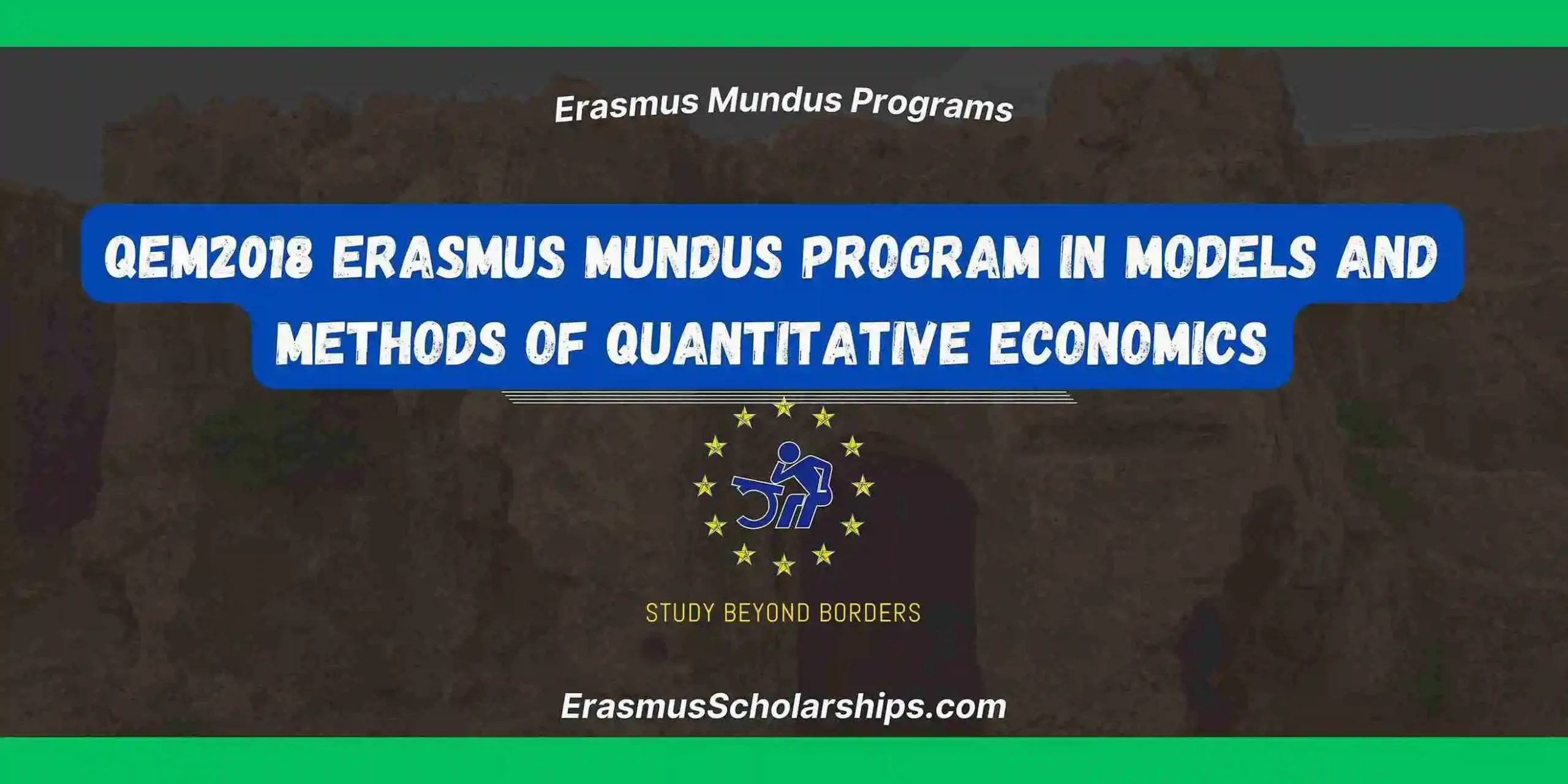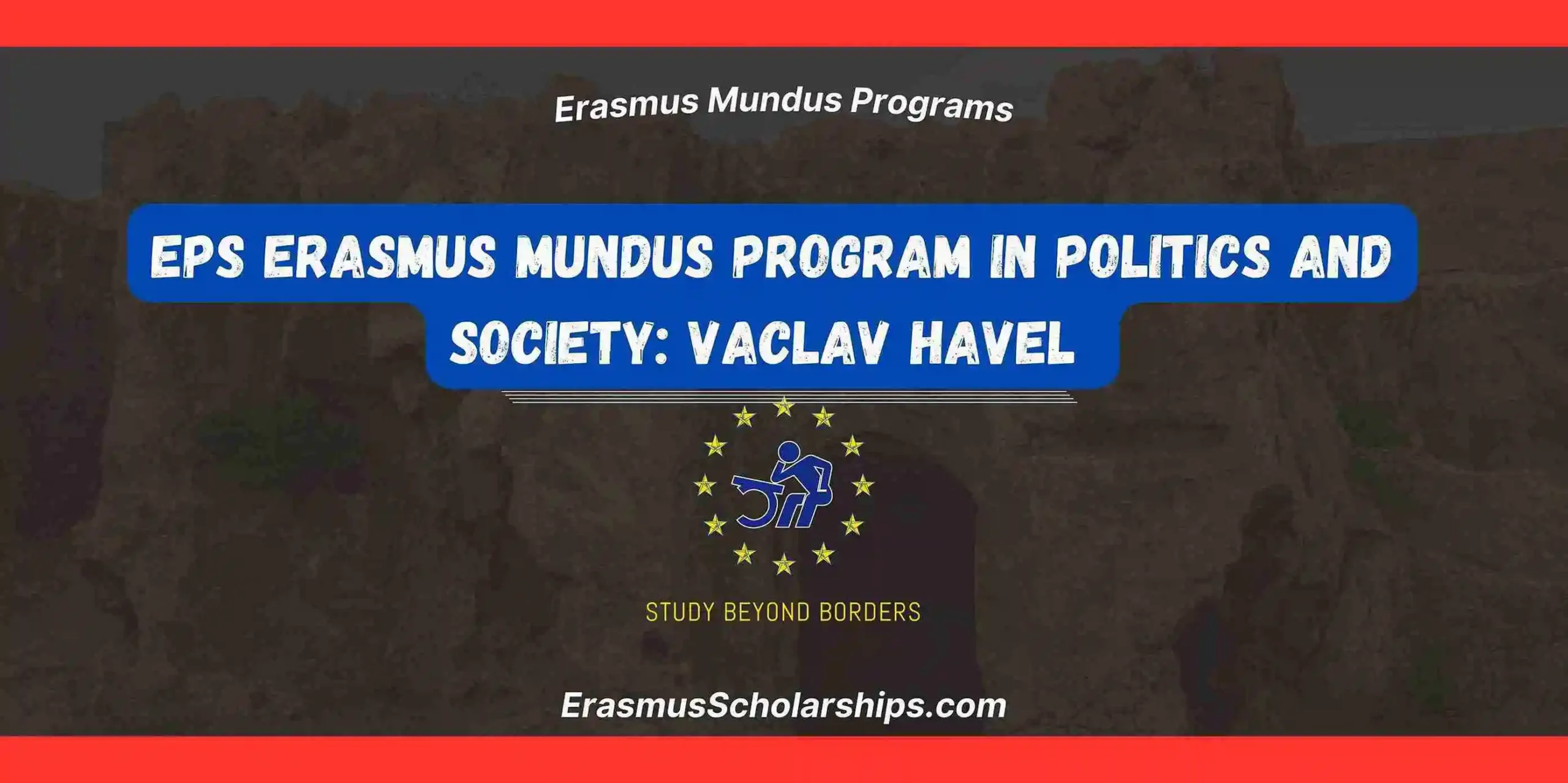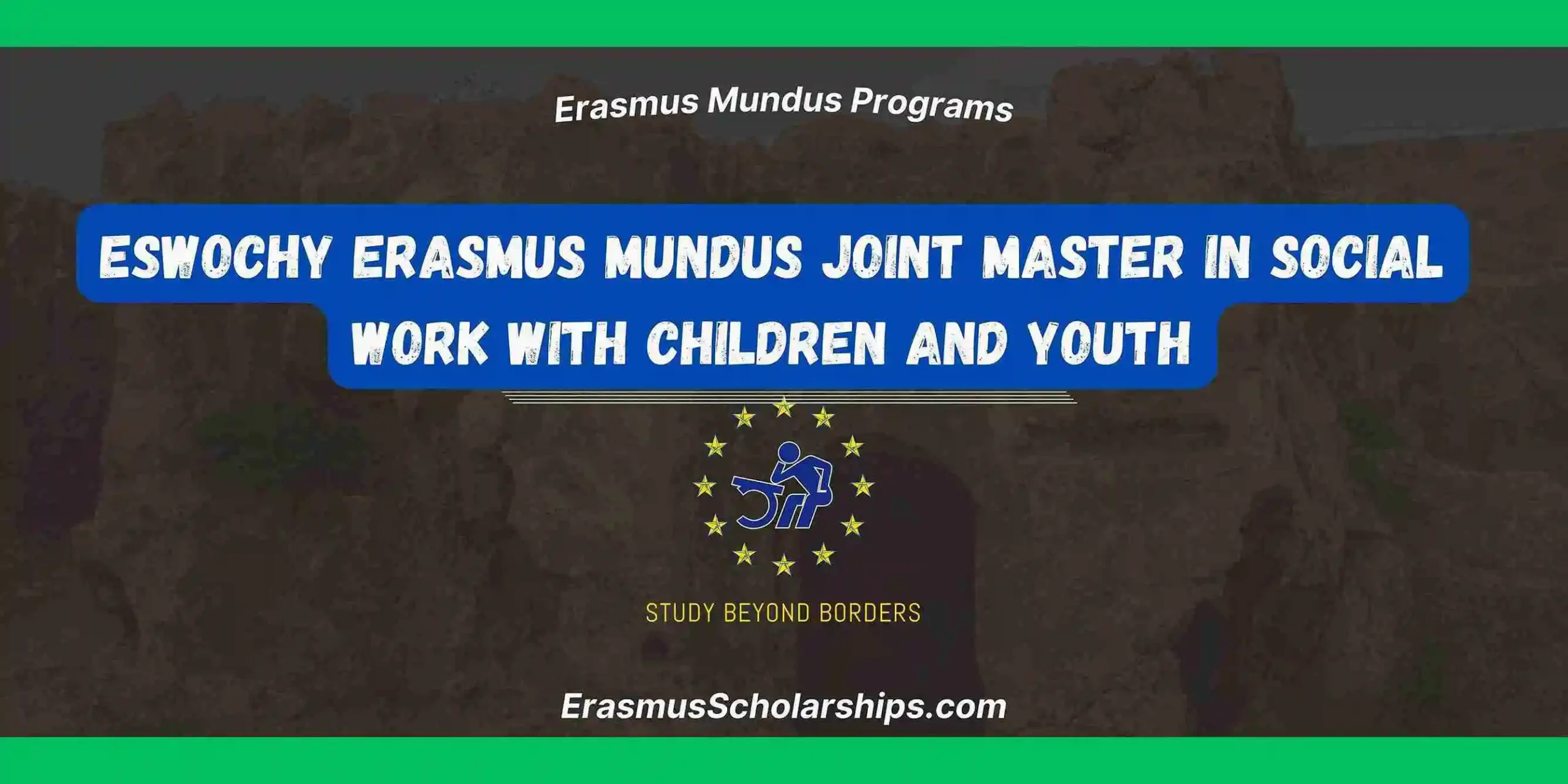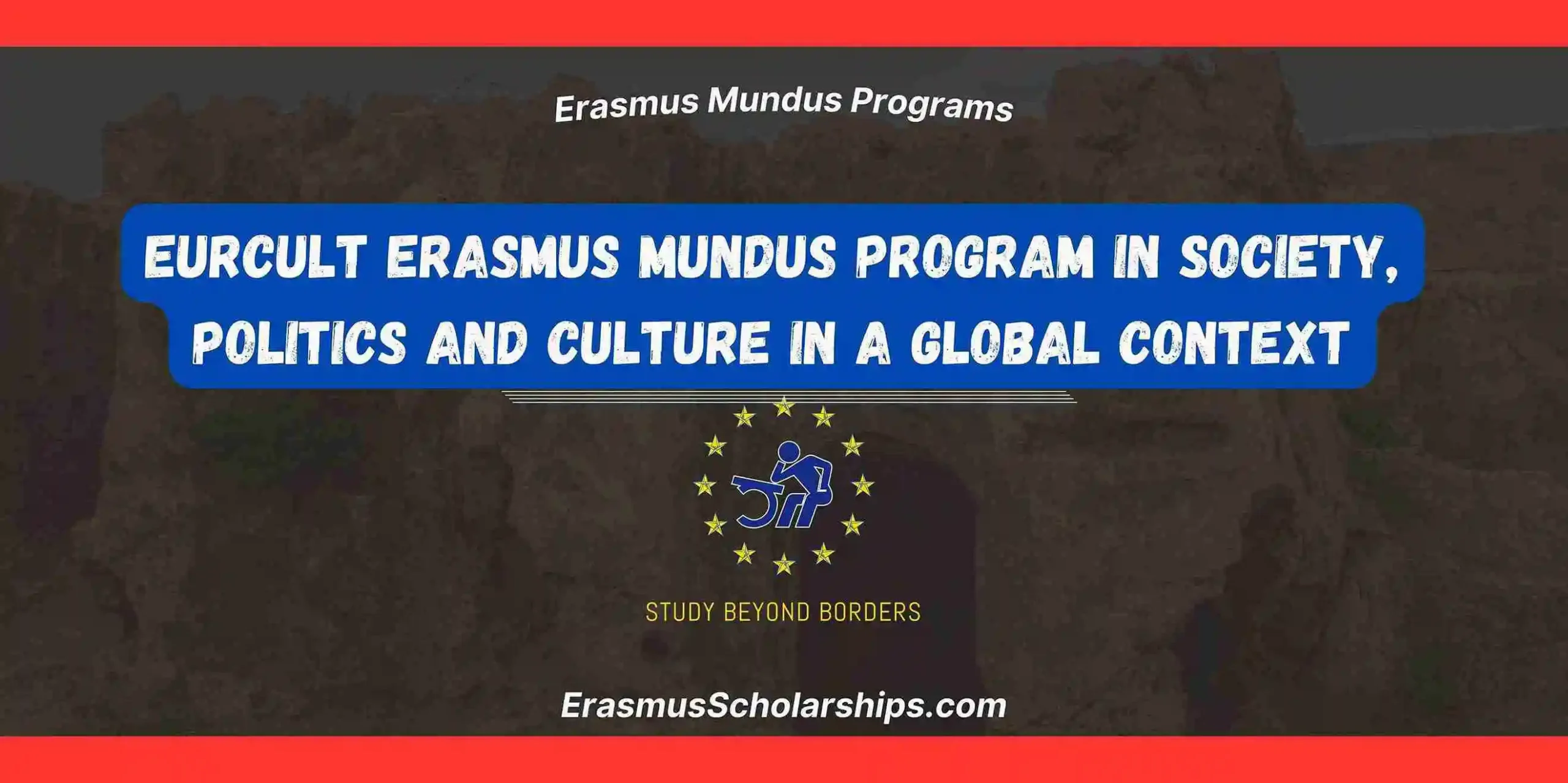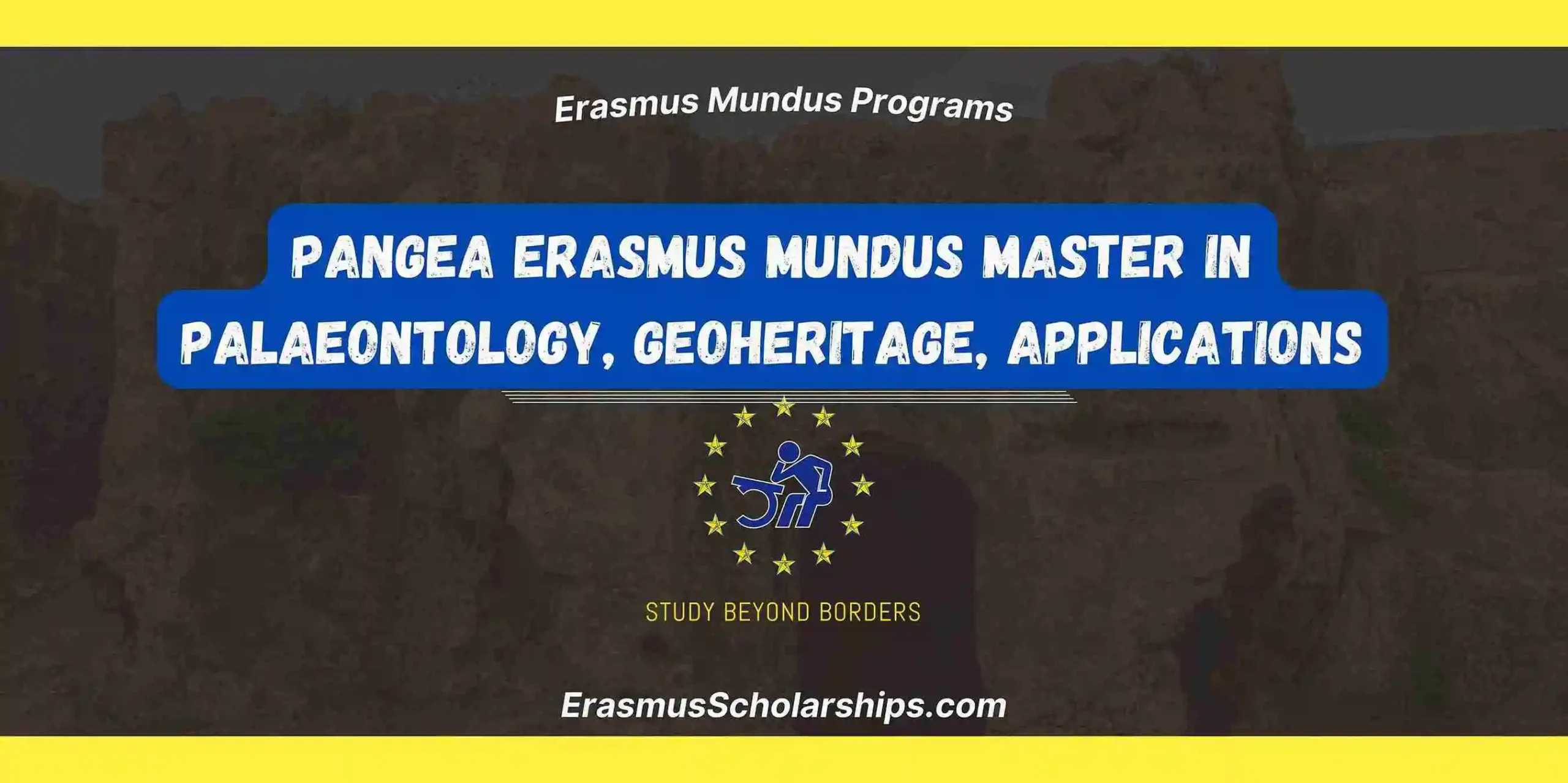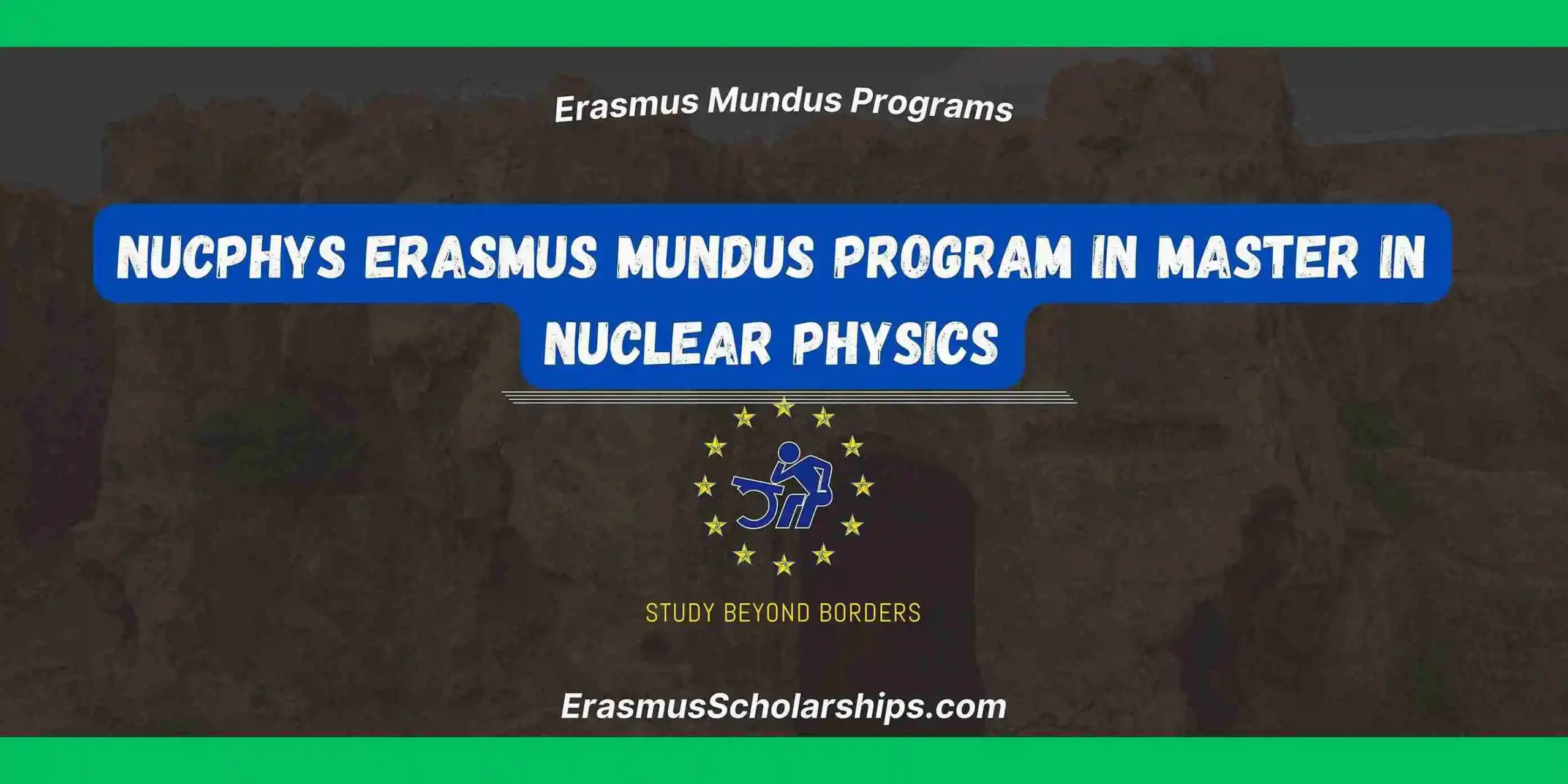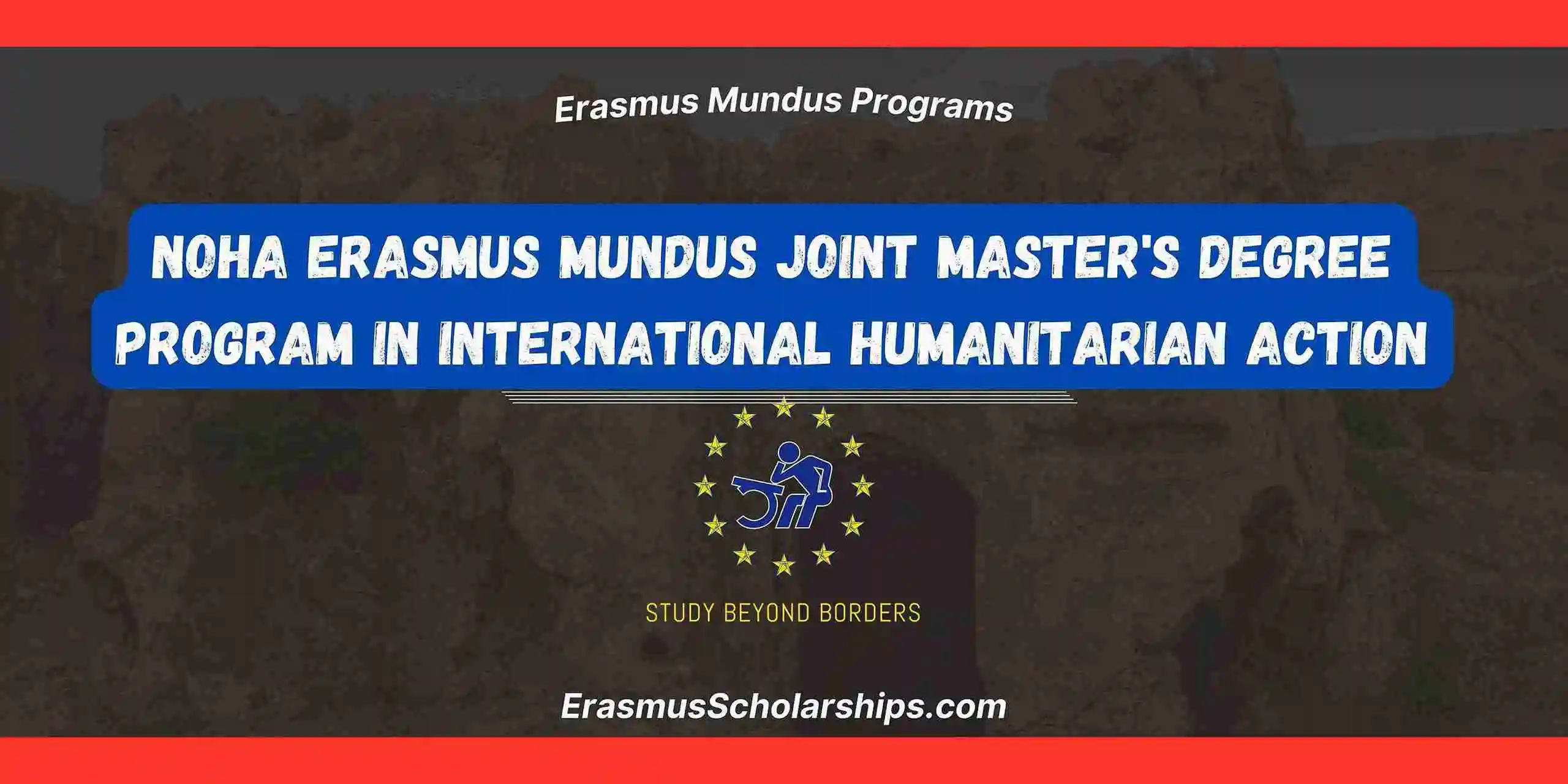The JEMARO Erasmus Mundus programme—officially known as the Japan–Europe Master on Advanced Robotics—is an integrated two-year Master’s course (120 ECTS or 30 Japanese Credits) that spans leading institutions in Europe (France, Italy, Poland) and Japan. It’s designed to give students a rich, multidisciplinary foundation in robotics and artificial intelligence—covering mathematical modeling, control engineering, computer engineering, mechanical design, and more—while offering deep exposure to both European and Japanese academia and industry.
Launched in September 2020 under the Erasmus Mundus Joint Master label, JEMARO Erasmus Mundus offers a structured mobility track where the first year is spent across European partners, and the second year is conducted entirely in Japan at Keio University. Graduates receive two official Master’s degrees—one European and one Japanese—opening doors to PhD programmes and international career pathways.
Project Status
- Status: Ongoing
- Start date 01-10-2019
- End date 30-09-2025
- Action Type: Erasmus Mundus Joint Master
- Universities Involved
- Countries Involved
The JEMARO Erasmus Mundus program is a Master’s in Advanced Robotics offered jointly by leading European and Japanese universities.
| École Centrale de Nantes |
| Keio University |
| University of Genoa |
| Warsaw University of Technology |
| University of Côte d’Azur |
| France |
| Japan |
| Italy |
| Poland |
This cross-border collaboration allows students to gain an international perspective while studying and researching in the heart of Europe’s academic and industrial hubs.
Description of the JEMARO Erasmus Mundus Program
The JEMARO Erasmus Mundus programme represents the first joint robotics Master’s between Japan and Europe, combining academic rigor with industrial exposure. Students benefit from fully English-taught courses that are mutually recognized across partner institutions. A hallmark of the program is its cross-regional structure—students spend the first year in Europe and the second year in Japan, fostering unity and international camaraderie among the cohort. You graduate with two accredited Master’s degrees and are well-positioned for PhD studies or technical leadership roles.
Key Features of the JEMARO Erasmus Mundus Program
- Dual-degree: Earn a European and a Japanese Master’s degree.
- Full English instruction, with embedded local language and culture modules.
- Industry involvement: Lecturers and supervision from partners such as YASKAWA, NTT Data, PIAP, IRT Jules Verne, among others.
- Mobility: First year across Europe; second year at Keio University in Japan.
- Research thesis: Conducted in Japan under dual supervision (Europe + Japan).
Mobility Tracks of the JEMARO Erasmus Mundus Program
- Year 1 (Europe): M1 program across France, Italy, or Poland—spanning September to June, focused on perception, cognition, action, and mathematical foundations.
- Year 2 (Japan): M2 at Keio University—consisting of course credits in robotics specializations and a Research Track culminating in a Master’s thesis under dual supervision.
Admission Requirements
- Academic background: Bachelor of Science with at least 180 ECTS, in fields such as mechatronics, automatic/control engineering, mechanical engineering, electrical engineering, applied mathematics, or computer science. Strong interdisciplinary background across key robotics pillars is vital.
- English proficiency (for non-native speakers): Valid scores required from recognized tests—TOEFL (CBT 220, ITP 550, IBT 80), Cambridge (B2/C1), IELTS 6.5+, TOEIC 800. Exempted if prior studies were in English with proof.
- For scholarships: Competitive assessment based on academic record, motivation, relevance of background, English, recommendations, CV. Scoring criteria include academic performance, relevance, motivation, English ability, and more.
How to Apply for the JEMARO Erasmus Mundus Program
- Application portal: Submit via the program’s official site; applications are shared across consortium institutions.
- Prepare materials: Bachelor’s transcripts, CV, motivation letter, recommendations, English test proof (if needed), and proof of graduation timing.
- Selection: Evaluated by at least two consortium institutions; rankings made separately for European vs non-European applicants.
Tips to Win the JEMARO Erasmus Mundus Program
- Show interdisciplinary strength: Highlight mechanical, control, and CS knowledge.
- Polish your motivation letter: Showcase your academic excellence, passion for robotics, long-term goals, and how JEMARO aligns with them.
- Stand out in CV and recommendations: Include noteworthy academic or project achievements—even if unpublished—and related leadership or extracurricular robotics experience.
- Strong language score: Even with excellent projects, a weak English result hurts.
- Timing: Submit applications early and precisely.
- Leverage program events: Participate in webinars (e.g. JEMARO Days), open sessions, and news events to make a memorable impression.
Application Timeline
- Opens: November
- Deadline: January
- Enroll: Starting September following selection
Curriculum Structure of the JEMARO Erasmus Mundus Program
- Year 1 (Europe):
- S1 (Sept–Jan): Foundational robotics disciplines (perception, cognition, action, modeling).
- S2 (Mar–June): Continued interdisciplinary robotics training.
- Year 2 (Japan – Keio University):
- Semester 3: Advanced courses in control, mechatronics, human interfaces, signal processing, biological information.
- Semester 4: Research track and thesis defense under dual supervision.
- Languages: All instruction and thesis in English, with cultural and local language courses included.
Coordinator Contact
- Email: jemaro@ec-nantes.fr
Alumni Feedback
“Frankly, JEMARO was one of the best decisions of my life. If you are interested in strong international experiences and want a robotics degree that teaches a great balance of theoretical background and hands-on skills: This is the degree for you!”
~Jann
Frequently Asked Questions (FAQs)
What makes the JEMARO Erasmus Mundus Program unique?
The JEMARO Erasmus Mundus Program is unique for combining Europe–Japan mobility, dual degrees, strong industry ties, and a fully English-taught, interdisciplinary robotics curriculum.
What are the admission requirements for the JEMARO Erasmus Mundus Program?
A BSc with 180 ECTS in robotics-relevant fields, fluency in English with valid test scores (or exemption), strong academic record, motivation, and relevant background.
How is mobility structured in the JEMARO Erasmus Mundus Program?
First year in Europe with interdisciplinary robotics courses; second year in Japan at Keio University with specialized classes and a joint-advisory thesis.
What degrees do graduates of the JEMARO Erasmus Mundus Program receive?
Graduates of the JEMARO Erasmus Mundus Program earn a dual Master’s degree: one from European partner universities and one from Keio University in Japan.
What language proficiency is needed for the JEMARO Erasmus Mundus Program?
All courses in the JEMARO Program are taught in English. Applicants must provide proof of proficiency through tests such as IELTS, TOEFL, or equivalent unless exempted.
: Does the JEMARO Erasmus Mundus Program provide scholarships?
Yes, the JEMARO Erasmus Program included Erasmus Mundus Joint Master’s scholarships covering tuition, travel, insurance, and living allowances. These are no longer available due to the program’s closure.

